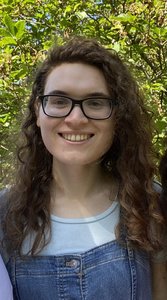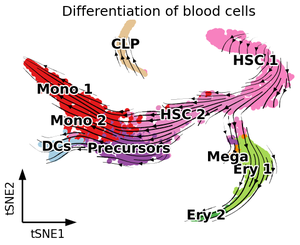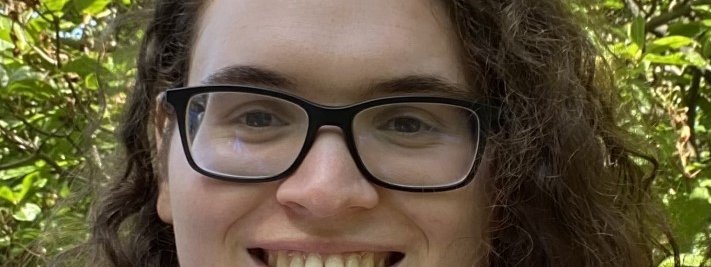Biological Physics

Dr. Spencer Farrell joined the Department of Physics in March 2022 working with Professor Sidhartha Goyal. She has been awarded a University of Toronto Data Sciences Institute Post-Doctoral Fellowship. She is interested in developing and applying machine learning and data science methods to problems at the intersection of physics and biology.
Dr. Farrell is currently working on developing new methods to understand the process of cell differentiation, where immature cells mature into specialized cells. The development of single-cell sequencing technologies has resulted in an explosion of data, providing detailed information about single cells. Her work aims to develop new tools to analyze these data to understand the dynamics of cell differentiation in tissue development and cellular reprogramming.
Dr. Farrell initially got started in biophysics through her interest in computational physics. During her undergraduate years at Dalhousie University, she had the opportunity to work as a summer student performing simulations of enzymes diffusing through biological channels. From there her interest in biophysics grew and she has continued to work on a variety of problems in this area ever since.
During her PhD at Dalhousie University, she worked on human and animal ageing, developing computational methods to analyze ageing data. This interdisciplinary work involved collaboration with clinical medical researchers, experimental biologists, and biophysicists using a combination of machine learning and physics-based methods.

The Single-cell RNA sequencing (scRNA-seq) measures the gene expression of single cells. Spencer's research has developed an approach to infer the dynamics of cell differentiation from scRNA-seq data.
This figure shows a visualization of the gene expression of differentiating blood cells. Our approach infers the shown velocity field that indicates that stem cells (pink, HSC 1) differentiate into a variety of other blood cell types.

